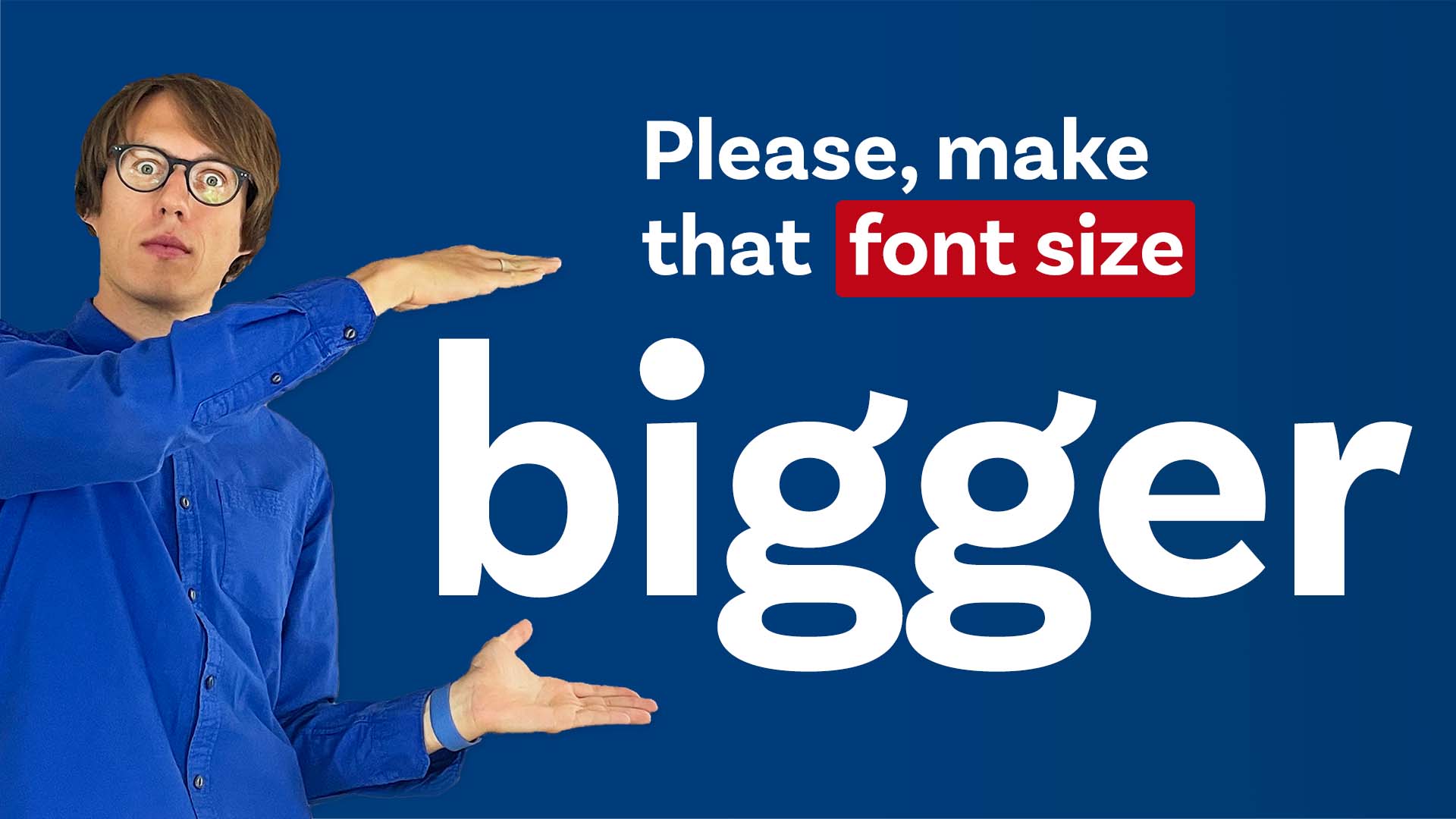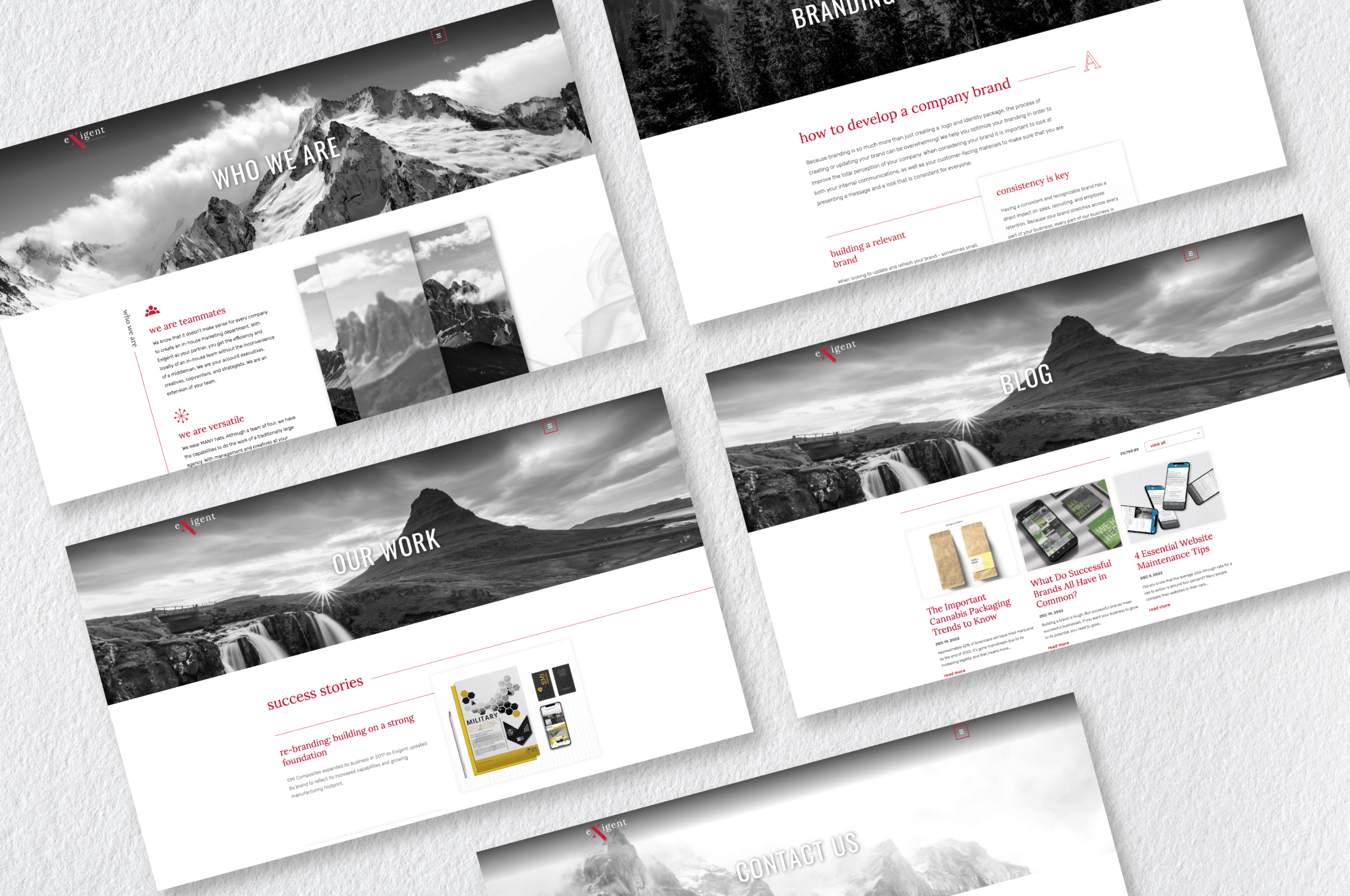What is Full-Stack Web Development?
Introduction
Web development has become an essential component of establishing an online presence in today’s fast-paced digital world. Full-stack web development is a word that has garnered a lot of traction, but what exactly does it mean? In this post, we will delve into the world of full-stack web development and examine its significance as well as crucial components. For a bendigo web developer read on.

Understanding Full-Stack Web Development
The technique of constructing both the front-end and back-end components of a website or online application is referred to as full-stack web development. A full-stack web developer is knowledgeable about all layers of an online application, including the presentation layer (front-end) and the server-side logic (back-end).
Front-End Development
Front-end development is concerned with establishing the user interface and designing the visual elements with which users interact. This entails creating responsive and intuitive user interfaces with technologies such as HTML (Hypertext Markup Language), CSS (Cascading Style Sheets), and JavaScript. A front-end front-end web developer ensures that the website or application is aesthetically beautiful, user-friendly, and accessible across several devices and browsers.
Back-End Development
Back-end development entails server-side programming and database management for the website or web application. This section of full-stack development is concerned with data handling, request processing, and server infrastructure management. Back-end developers use languages such as Python, Ruby, PHP, or JavaScript (together with frameworks such as Node.js) to provide server-side logic that enables dynamic functionality and data manipulation.

The Benefits of Full-Stack Web Development
1. Versatility and Flexibility
One of the primary benefits of working as a full-stack web developer is the versatility it provides. Professionals with expertise and experience in both front-end and back-end development can work on multiple areas of a project. They can transition between technologies smoothly, cooperate with diverse teams, and participate at various phases of development, making them significant assets in any web development company. https://jbqualityairconditioning.com.au/evaporative-air-conditioner-replacements-northern-suburbs/
2. Efficient Problem Solving
Full-stack developers comprehend the complete web development process from start to finish. This allows them to detect and fix problems more quickly. Full-stack engineers may approach problems holistically, saving time and effort in the development cycle, whether it’s debugging front-end code or optimizing database queries.
3. Seamless Collaboration
Full-stack developers can bridge the gap between front-end and back-end specialists in a team setup. Their ability to successfully communicate with both parties makes them good mediators, ensuring smooth collaboration and integration between various stages of the development process. This teamwork results in a finished product that is cohesive and well-integrated.
Acquiring Full-Stack Web Development Skills
1. Learn Front-End Technologies
To become a full-stack web developer, you must first grasp front-end technologies. Create appealing user interfaces and responsive web designs by learning HTML, CSS, and JavaScript. To improve your development skills, become acquainted with popular front-end frameworks such as React, Angular, or Vue.js.
2. Dive into Back-End Development
After you’ve established a solid foundation in front-end development, it’s time to move on to back-end development. Choose a programming language, such as Python, Ruby, PHP, or JavaScript, then master the frameworks that go with it. Understand concepts like as server-side scripting, database management, and dealing with APIs to create powerful back-end applications.
3. Practice, Practice, Practice
Creating real-world projects and constantly honing your abilities is critical to becoming a competent full-stack web developer. To improve your skills, create personal projects, contribute to open-source projects, and participate in coding contests. Adopt a mindset of constant learning and stay current on web development trends and technology.
Conclusion
Full-stack web development is essential in the fast-paced world of online development. Full-stack engineers add adaptability, effective problem-solving, and seamless collaboration to any web development project by encompassing both front-end and back-end skills. If you want to be a well-rounded web developer, learning full-stack abilities is a worthwhile investment that will open up many doors in the ever-changing industry.





